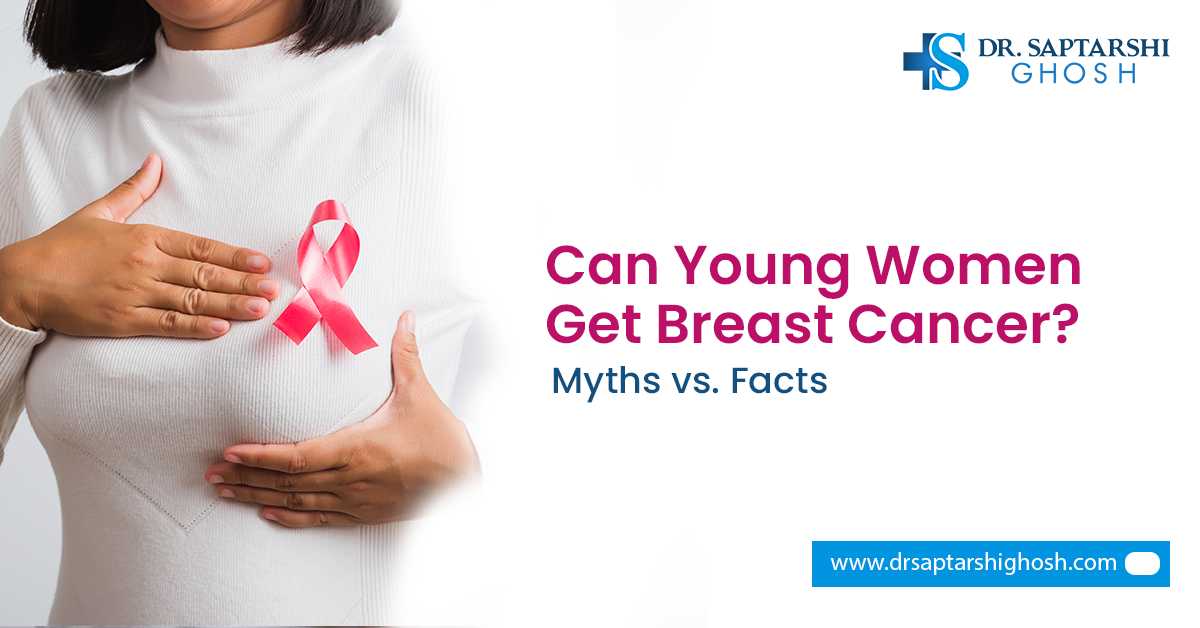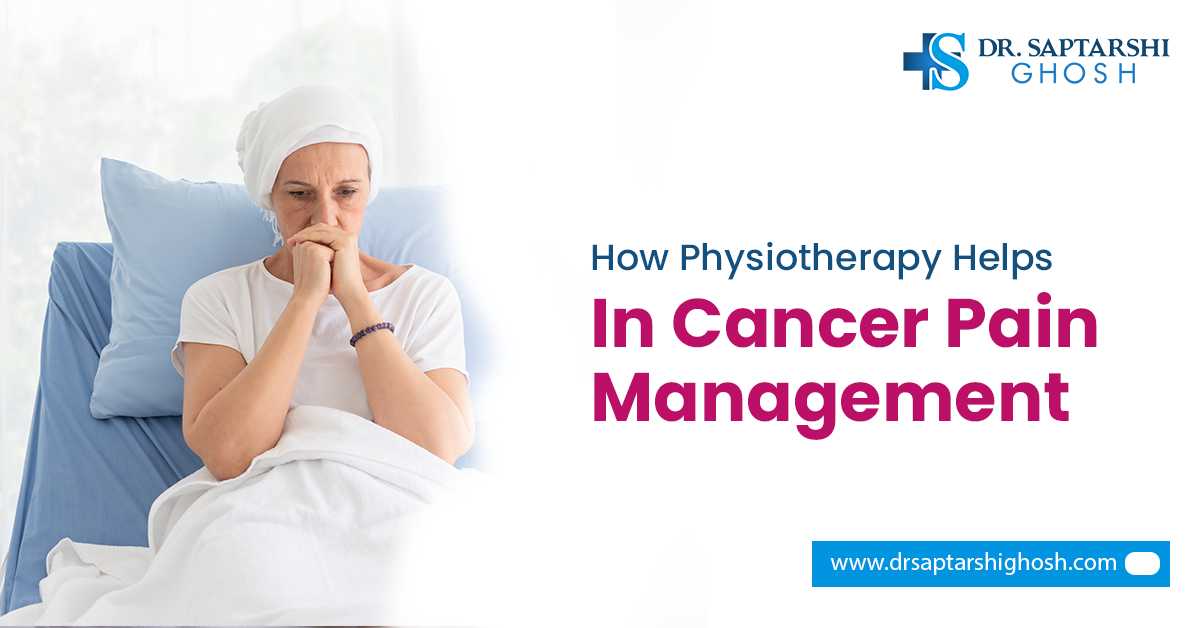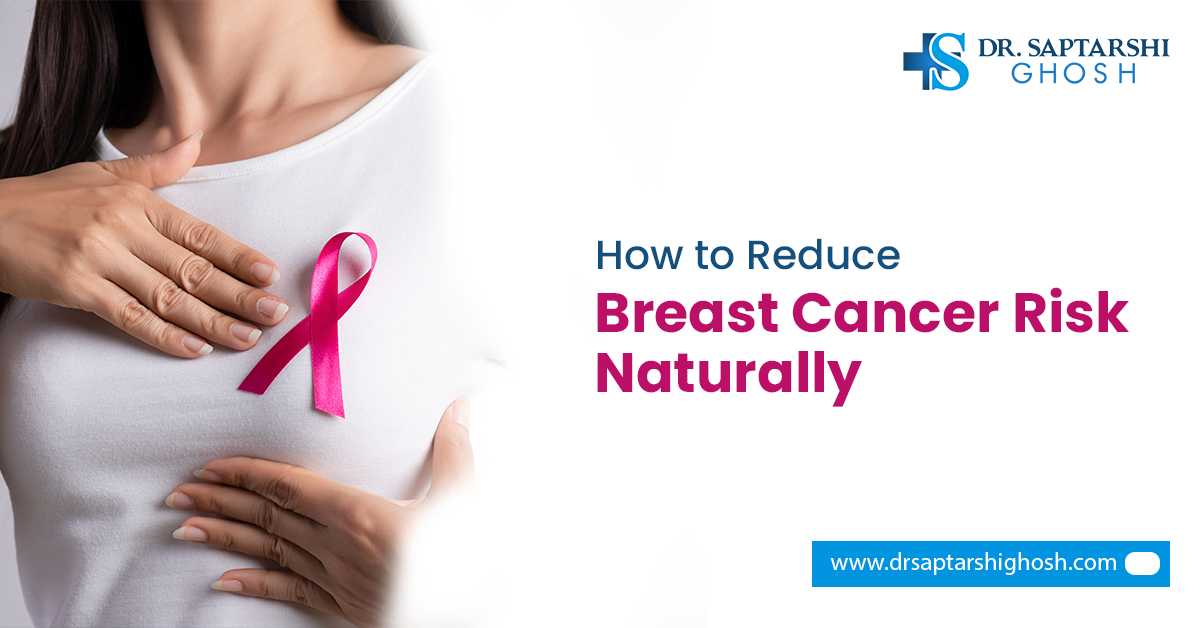Simply put, leukemia refers to cancer of blood cells. This cancer forms in blood-forming tissue, bone marrow, and lymphatic system. The lymphatic system in the body regulates fluid levels, transports fat, protein to the bloodstream, removes abnormal cells from the lymph, etc. But cancerous growth affects its effective functioning.
Such cancer involves red blood cells, white blood cells, and platelets. Commonly it targets WBCs, known as white blood cells. Malignant growths divide too fast. Therefore, bringing about deep pain in the bones, fatigue, swollen belly, lymph nodes swelling around the neck, groin or underarms region, decreased appetite, etc. Receive optimum chemotherapy in Siliguri under the leading oncologist.
Knowing the Types of Leukemia
There are different classifications of leukemia exist. Below are ones:
According to growth speed
Acute Leukemia: This type of blood cancer occurs in blood and bone marrow that develops quickly. Immediate medical attention is required. Both adults and kids may have acute leukemia but is more common in kids.
Chronic Leukemia: Such leukemia cells can be both mature and immature blood cells and is more common in adults. Unlike acute leukemia, chronic type grows progressively/with time.
According to cell type
Myelogenous Leukemia: Also known as myeloid leukemia, which grows in myeloid cells. Myeloid leukemia contributes to the abnormal production of white blood cells, red blood cells, and platelets.
Lymphocytic Leukemia: It develops in lymphoid cells, affecting the body’s immune system.
What are the common signs of leukemia?
Depending on the type of leukemia one has, symptoms either grow slowly or progressively. Acute leukemia develops quickly but with chronic one, one may not identify any prominent symptoms in the initial years.
- Symptoms include:
- Weakness or fatigue that persists
- Fever
- Night sweats
- Pale skin
- Shortness of breath/dyspnea
- Swollen lymph nodes around the groin, neck, or underarms
- Bone pain
- Easy bruising
- Joint tenderness
- Frequent infections
- Too much nose bleeding
- Gum bleeding
- Tiny red marks/spots on the skin
- Unintended weight loss
When to see a doctor?
Once you notice mentioned symptoms significantly, you should seek a medical appointment fast. The more you delay, the higher chance of health hazards. But experiencing these symptoms doesn’t pinpoint you have blood cancer. At times symptoms overlap one another. Therefore, it may be confusing to find out if one has leukemia or else.
Family history can be a possible risk factor for this blood cancer. However, other factors may involve active smoking for years, exposure to certain work-related chemicals, Down Syndrome, etc. One may not prevent a faulty gene condition or a family history. But lifestyle choices can aid in reducing the risks.
Chemotherapy and other medical care
In order to rule out leukemia, an oncologist may go for a few tests, including – blood tests, physical examination, bone marrow biopsy, CT scan, spinal tap, chest X-ray, MRI. Once the reports state the type and extension, doctors prepare the best treatment plan.
Chemotherapy is the most widely used cancer care for leukemia. The treatment includes powerful anti-cancer drugs to destroy malignant cell growths in the body. Specialists may use it alone or in combination with other treatment procedures. Get in touch with the best oncologist for cancer therapyin Siliguri city.
Several options are accessible as well. Based on what one requires for the best care, he receives that, comprising immunotherapy, targeted therapy, radiation therapy, or even bone marrow surgery. Reach out to the expert to start healing plans for better cancer management.




